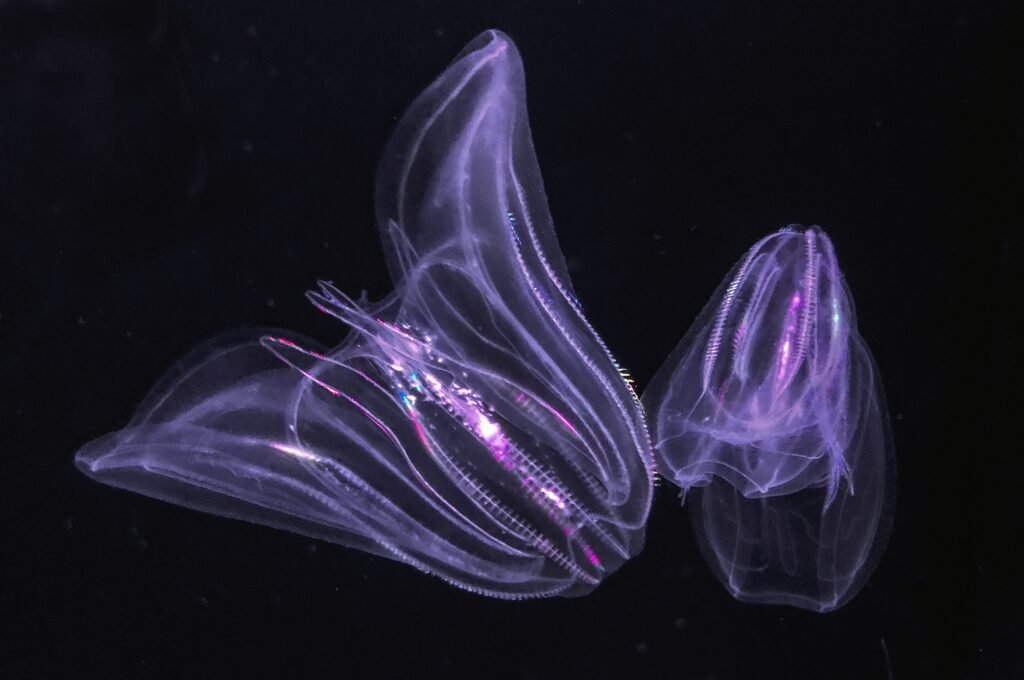Surfers 120 times more likely to get Melanoma Skin Cancer
A new study conducted at Southern Cross University in Australia reveals surfers are 120 times more likely to get melanoma skin cancer. The researchers used a high-resolution digital dermatoscope with built-in artificial intelligence.
There were 420 people from Southern Queensland and Northern New South Wales. They were all surfers. Participants included swimmers, walkers, and runners.
According to Project Leader Associate Professor Mike Climstein, it was the most thorough screening research on that specific group of surfers. Climstein said swimmers were 80 times more likely than the general population to get melanoma, and regular walkers or runners were 60 times more likely.

Clinicians are optimistic about using artificial intelligence (AI) to diagnose skin cancer. Professor Climstein said these studies suggest that these AI tools may be equal to or even superior to professionals for the diagnosis of cancerous melanomas.
Early diagnosis rates would considerably help Australia, the world’s highest rate of malignant melanomas per capita. Particularly, the people living in Queensland and Northern NSW are at greatest risk of skin cancer.
These AI technologies may help in the challenging recognition of early skin cancers. It often doesn’t have clear clinical symptoms or blend into sun-damaged skin.

Click here to read the updates on the Anti-aging protein HKDC1 discovered by Japanese Scientists
The study results confirm surfers are 120 times more likely to get melanoma skin cancer. It serves as a reminder to anyone who spends time in the sun to have their skin examined once a year. And to wear sunscreen even on cloudy days.
Possible Symptoms of Melanoma Skin Cancer
- A cut that doesn’t heal
- Color spreading from the edge of a spot to the skin around it
- Redness or a new growth outside the mole’s edge
- Change in how you feel, like itching, soreness, or pain
- If the mole’s skin changes, like getting flaky, leaking, or bleeding, or if a lump or bump shows up
In short, early diagnosis and timely treatment are still the most crucial parts of the fight against melanoma. This shows how significant improved technology and skilled professionals are to get positive results.
Read More:
- Sea creature turns into a baby when it is stressed out showing time travel
- Realme Narzo 70 Turbo 5G launch date, features, specifications & price
- European Space Agency printed 3D metal part in space for first time
- Earth’s mysterious Alaska triangle where over 20,000 people disappeared
- Philips Hue launched a new smart lighting solution for kitchen
- NASA to launch life-searching spacecraft to Jupiter’s moon Europa
Share this content:










Post Comment